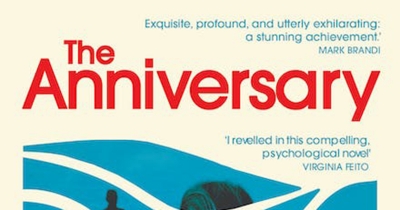Stephanie Bishop
Walt Whitman’s famous line ‘I sing the body electric’ could well serve as the epilogue to Etchings 2, whose dynamic offerings are gathered under the theme of connectivity and the generation of energy. indeed, being ‘wired’ has become a predominant feature of modern existence. This is obviously true of our relationship to the internet and of our addiction to instantaneous transactions and connections. Yet we are wired in other ways as well. To be wired is also to be anxious and edgy; it implies a disconnection, a nervous distance. The pieces showcased in Etchings 2 examine the multifariousness of this experience.
... (read more)I studied creative writing at UTS. Yes, it was worth it, mainly because I encountered some brilliant teachers – Martin Harrison in particular. Martin’s courses didn’t simply ‘teach’ me about writing; they changed the way I saw the world. Then I went on to do a conventional PhD at Cambridge, partly due to a strong belief that you learn to write by reading closely, and by immersing yourself in the work of others. I have taken to thinking of this PhD as a kind of apprenticeship in style.
... (read more)






